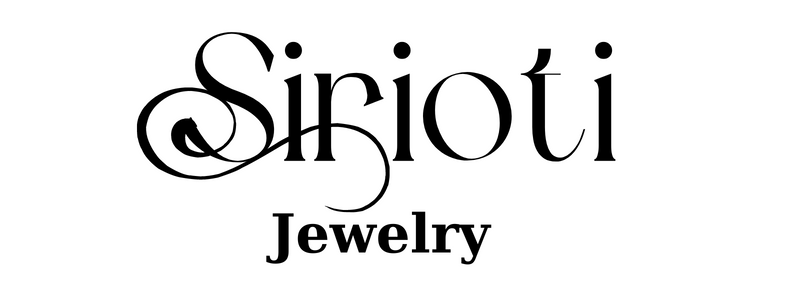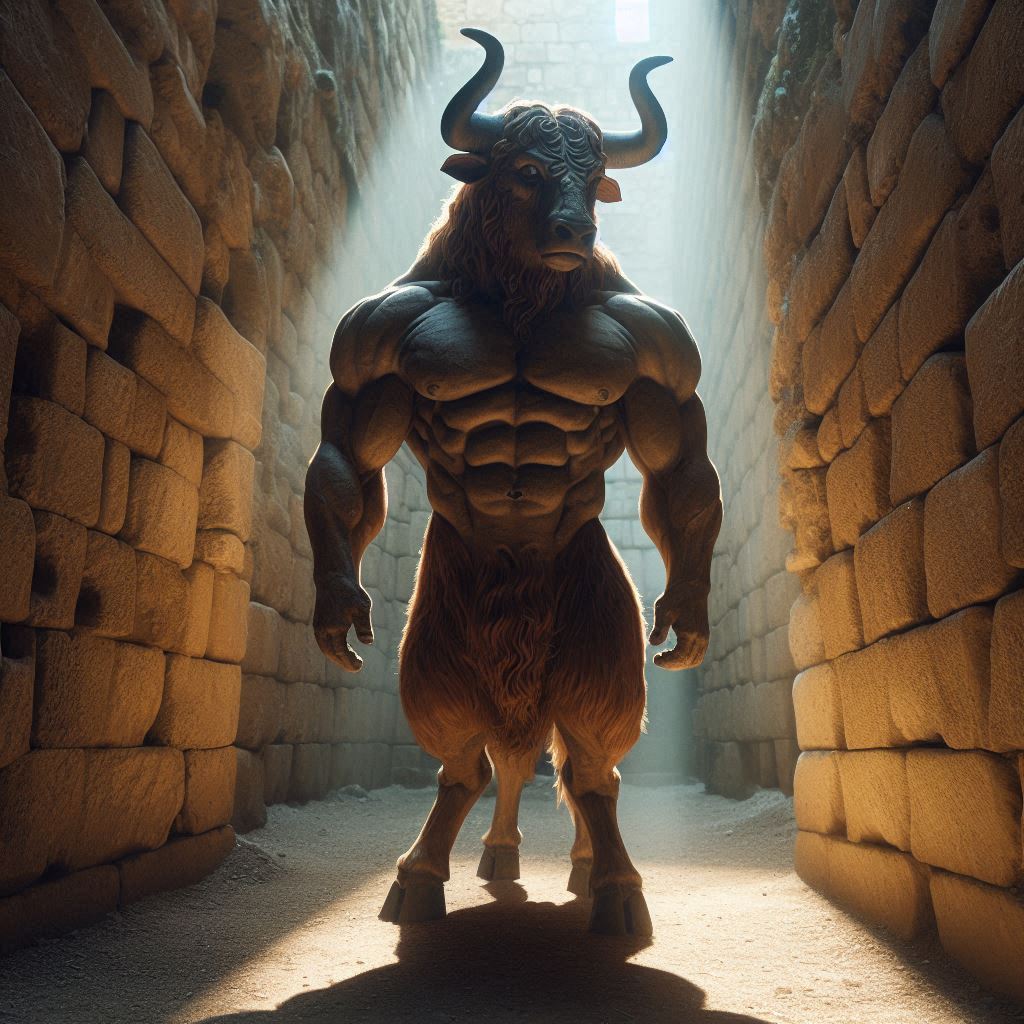Table of Contents
- Introduction
- Origins of the Minotaur
- The Labyrinth: Home of the Minotaur
- The Hero Theseus
- Symbolism and Interpretations
- The Minotaur in Modern Culture
- Conclusion
Introduction
The Minotaur is one of the most fascinating and terrifying creatures in Greek mythology. This half-man, half-bull monster has captured the imagination of people for centuries. In this blog post, we will explore the origins, the mythological significance, and the lasting impact of the Minotaur in both ancient and modern culture.

Origins of the Minotaur
The story of the Minotaur begins with King Minos of Crete. According to myth, Minos prayed to Poseidon to send him a snow-white bull as a sign of support. Instead of sacrificing the bull to the god as promised, Minos kept it for himself. In retaliation, Poseidon cursed Minos’ wife, Pasiphae, to fall in love with the bull. The union of Pasiphae and the bull resulted in the birth of the Minotaur, a creature with the body of a man and the head of a bull.
The Labyrinth: Home of the Minotaur
King Minos, ashamed of his monstrous offspring, ordered the construction of a vast, intricate labyrinth to house the Minotaur. The labyrinth was designed by the master craftsman Daedalus and was so complex that anyone who entered it would be unable to find their way out. The Minotaur was kept in the labyrinth and fed with human sacrifices sent from Athens as tribute.

The Hero Theseus
The hero Theseus is central to the tale of the Minotaur. Determined to end the sacrifices, Theseus volunteered to enter the labyrinth and slay the beast. With the help of Ariadne, Minos’ daughter, who gave him a ball of thread to trace his path, Theseus successfully navigated the labyrinth, killed the Minotaur, and escaped. This heroic deed not only ended the gruesome tributes but also solidified Theseus' reputation as a great hero.

Related Link: Theseus And Minotaur: The Story Of The Legendary Greek Hero Of Mythology
Symbolism and Interpretations
The Minotaur myth is rich with symbolism. It represents the struggle between civilization and barbarism, the complexities of human nature, and the consequences of defying the gods. The labyrinth itself symbolizes the intricate and often confusing paths of life, while Theseus' journey is seen as a metaphor for personal growth and the triumph of good over evil.
The Minotaur in Modern Culture
The Minotaur has left a lasting legacy in modern culture. It appears in literature, movies, video games, and art, symbolizing various themes from the monstrous side of human nature to the complexities of navigating life's challenges. Works like "The House of Asterion" by Jorge Luis Borges and the film "Immortals" have reimagined and kept the myth alive for contemporary audiences.
Conclusion
The legend of the Minotaur remains one of the most enduring stories from Greek mythology. Its rich symbolism and the thrilling narrative of Theseus’ heroism continue to captivate audiences. From its mythological origins to its modern reinterpretations, the Minotaur exemplifies the timeless nature of human storytelling and the enduring power of myth.
Interested in Greek Mythology ? Visit our Blog here

